Inside the Design Biennale Rotterdam 2025: how the Dutch underdog became a design capital
Until 2 March 2025, Rotterdam transforms into a citywide showcase, hosting exhibitions and conferences exploring forward-thinking design. We catch up with the biennale’s co-founders to discuss the city’s spirit of innovation
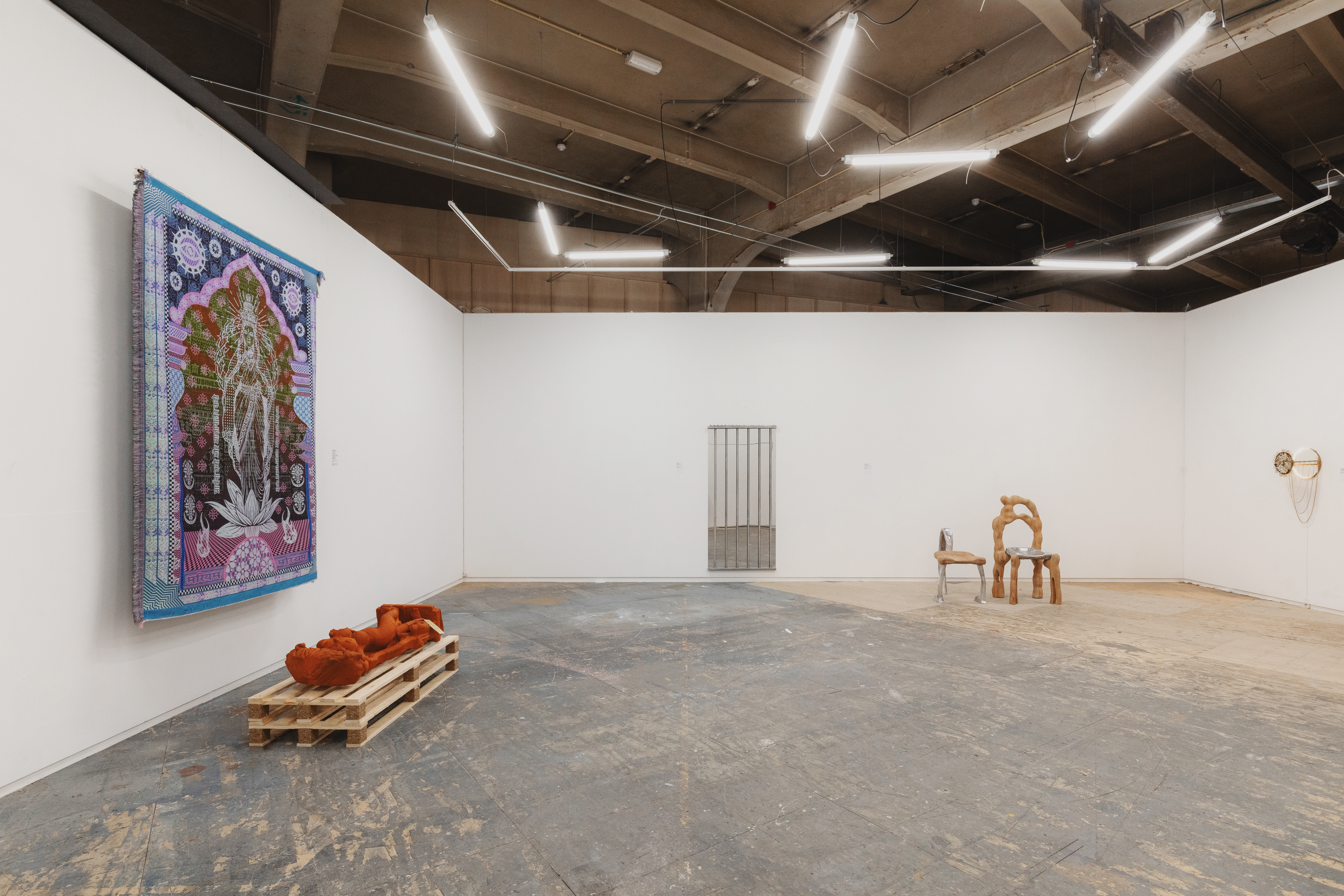
'Rotterdam is a city of no-nonsense. In this city, we often say, “don’t talk, but act”, and this mentality perfectly reflects the innovative spirit of today’s designers,' says Liv Vaisberg who, with Sarah Schulten, co-founded the Rotterdam Design Biennale, now in its inaugural year. The not-for-profit grassroots event sees hundreds of makers and designers exhibit their work in a series of disused buildings around the city, including Baanhof, a former electrical station and W70, a multi-storey office that served as the Shell HQ, located just a stone’s throw from the OMA offices in the business district.
The indefatigable Vaisberg, founder of Office for Art and Design and also behind Collectible Art Fair in Brussels, and art/design consultant Schulten have strong curatorial smarts and a drive to up the ante, and the creative capital of Rotterdam – an underdog city compared to the tourist magnet of Amsterdam, but one whose ongoing urban rethink earned it a Wallpaper* Design Award earlier in 2025.
'We issued an open call for designers and received hundreds of applicants ranging from emerging to established designers,' says Vaisberg of the inaugural Rotterdam Design Biennale, noting the many alumni of Design Academy Eindhoven who have set up studios in the city. The range of work, from around 200 studios, spans furniture, sculpture and hand-crafted work, including 3D-printed plaster vases by Jonas Woolf, serene resin lighting sculptures by Laurids Gallee and Studio Sabine Marcelis, and delightfully frivolous decorative objects by Barry Llewellyn.
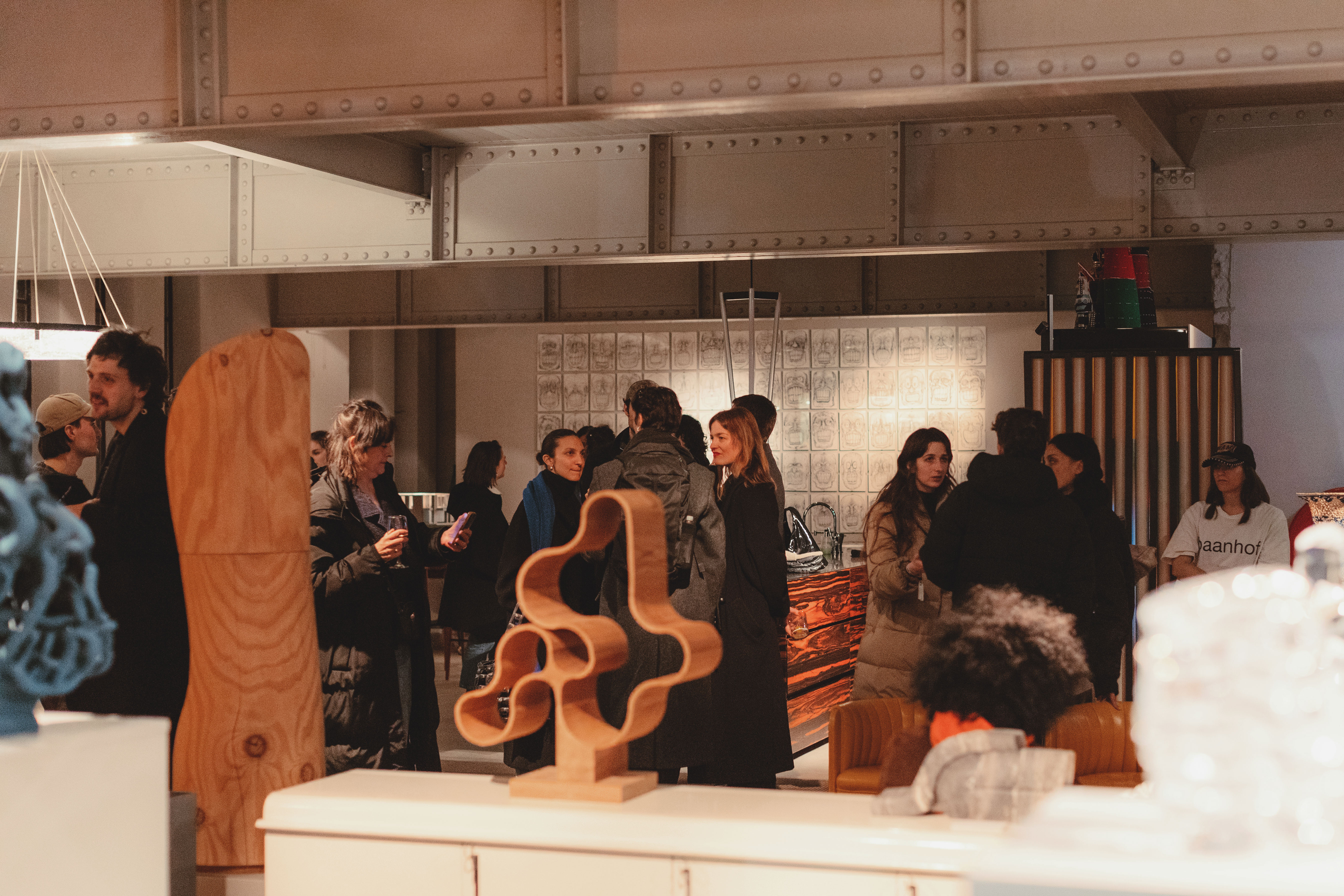
Vaisberg explains the leaning was towards ‘sculptural elements’ rather than product design, and to experimental work that challenges the role of design and its interplay with diversity, social justice and ecology under the umbrella theme 'What’s Real Is Unfamiliar'. Indeed, many of the makers work with waste, including rugged furniture made of steel scraps by Studio Larssen, and Adam Maryniak’s chair collection. This set designer utilises offcuts such as wood architrave and plywood in forms that span brutalist to throne-like.
The spacious and often surreal venues make way for striking installations under thematic umbrellas. At W70, designers make use of former phone booths and conference rooms; sculptor Pepe Valenti, for example, has hung his space with copper, chrome and brass pieces, nicely reflecting the moody Rotterdam light. Meanwhile, Jonas Woolf explores the traditions and patterns of Delft ceramics in his beautiful 3D plaster-printed vessels. 'I wanted to explore the mythical and fragile side of digital design beyond what we see as sterile and perfect production,' says Woolf of his hazy blue and white ornaments. At the venue Huidenclub, a co-working and studio space, Vaisberg has curated the show ‘Interstices’ with storytelling work by international designers with mixed heritage who blend cultural traditions. One standout is Giles Tettey Nartey, who creates stools and headrests that draw from the vernacular of portable wooden headrests commonly used in West Africa (and was part of Wallpaper’s ‘Class of ’24’ exhibition at Milan Design Week 2024). 'They are used for protecting the hair when lying down and also for rest,' says Tettey Nartey, who reimagined those forms in smoky grey resin.
‘The ability to totally rethink systems is a very, real strength of the Dutch: there's an incredible ability to just take nothing for granted’
Aric Chen, general and artistic director of the Nieuwe Instituut
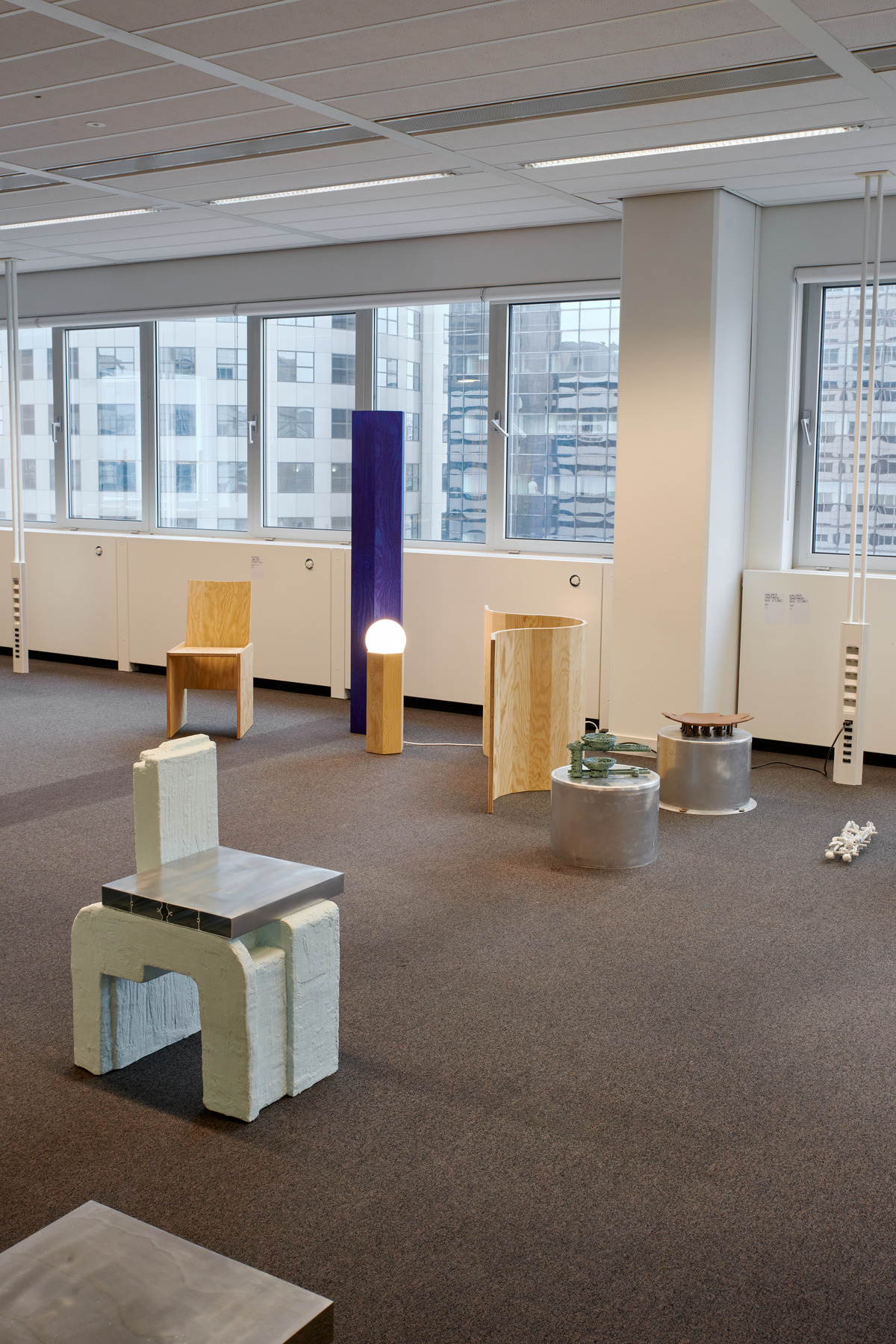
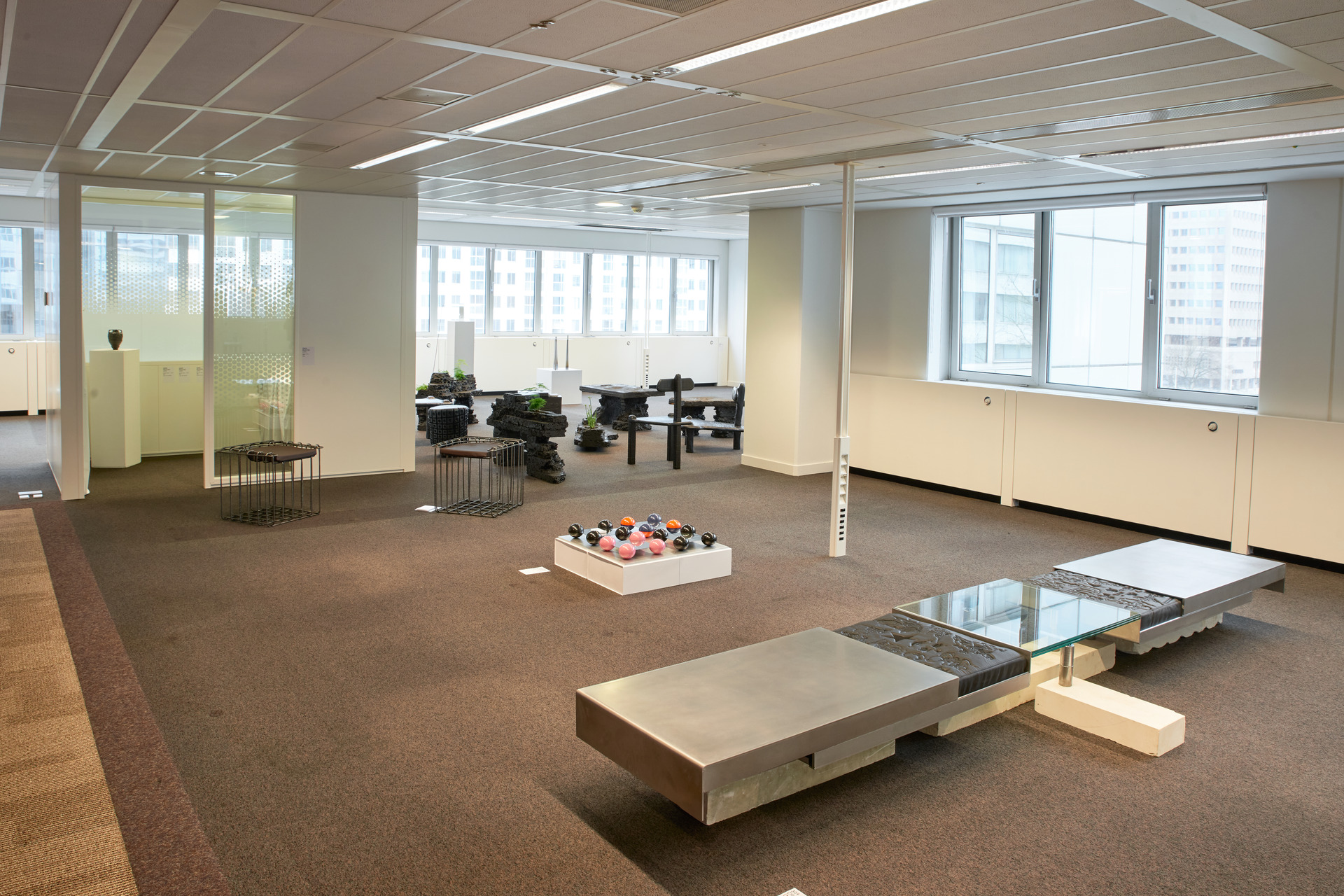
An exhibition inside W70, a multi storey office that served as the Shell HQ
Indeed, polymer resin (designers are experimenting with different bio mixes) commonly used in Rotterdam’s ship-building industry, is a specialism in the city, with award-winning Sabine Marcelis known for her ‘Candy Cubes’ (she has also worked with Celine, Bulgari and Ikea) and Laurids Gallee leading the guard. Austrian Gallee has installed his linear lighting sculptures in gradated shades of amber in a former immigration office. 'I learnt from master craftsmen and it is a fascinating luminous material to work with, sanding and grinding, that takes weeks of work. I landed in Rotterdam as there is a strong maker spirit and a will to push boundaries, and that is what grabbed me,' says Gallee, also noting the strength of community, available space and low rents.
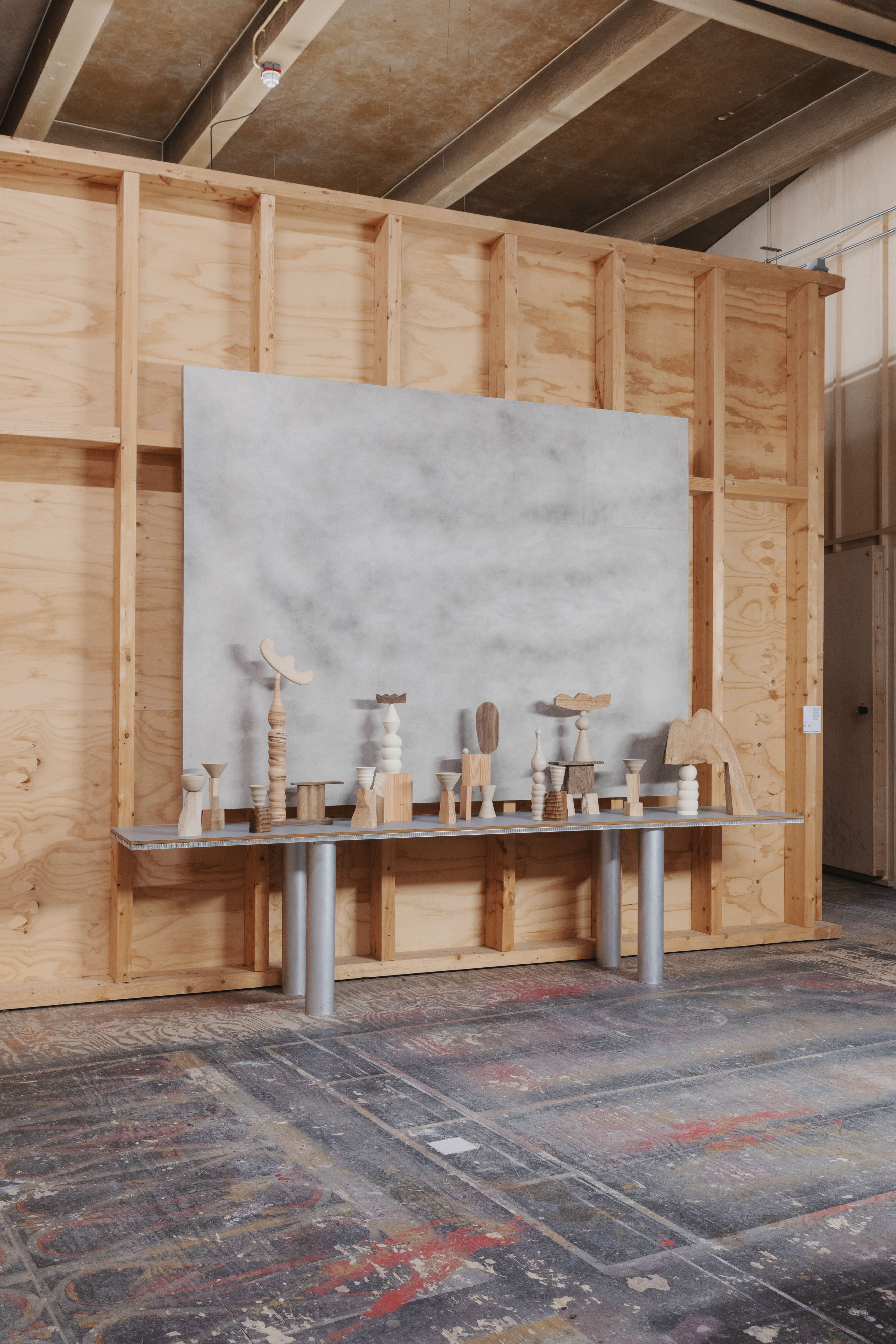
Brancusi Left Paris, Giulia Cosenza and Jonas Lutz
The ten-day Rotterdam Design Biennale is also staging a series of talks and symposiums at the Nieuwe Instituut. 'One of the great things about the institute, and really the whole Dutch context that has produced such an institute, is that we're able to work across multiple areas. Not just design, architecture and digital culture, but also in terms of our functions. So, we have a museum part, which includes the archive and the collection, and we do exhibitions and public programmes,' says Aric Chen, general and artistic director of the Nieuwe Instituut. On now is ‘Garden Futures’, exploring how the garden can be a ‘lab’ for climate adaptation and biodiversity.
Wallpaper* Newsletter
Receive our daily digest of inspiration, escapism and design stories from around the world direct to your inbox.
'We also have a more behind-the-scenes policy role working on national policy initiatives around everything from creative industries to spatial planning to heritage policy. Right now, we're doing projects in Dakar, Senegal, Indonesia and New York. The ability to totally rethink systems is a very, real strength of the Dutch: there's an incredible ability to just take nothing for granted,' adds Chen.
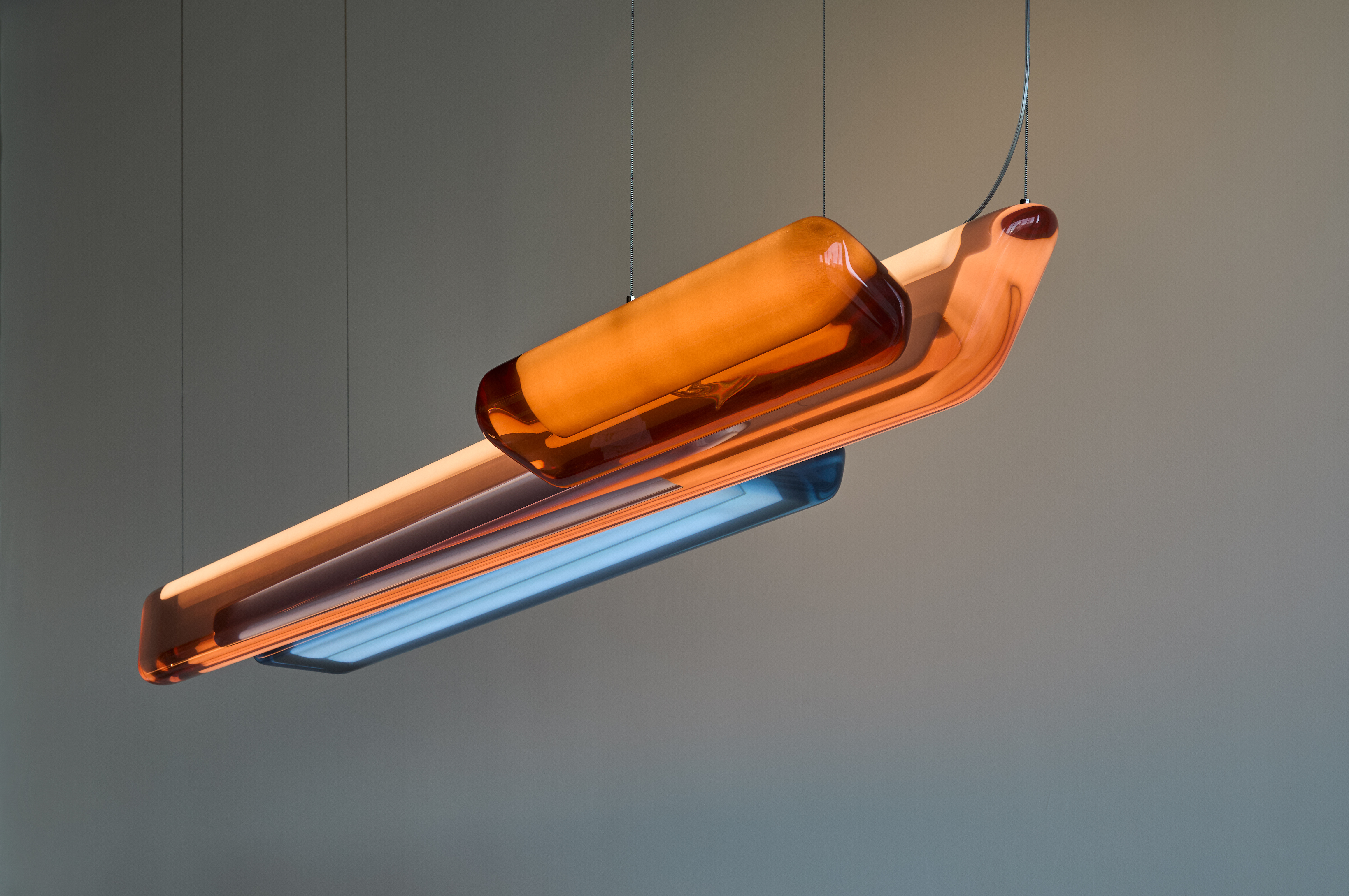
Wedge Hanging Lamp, Laurids Gallee
'What's great about this new Rotterdam Biennale is that it helps bring out of the woodwork all the interesting work that's often behind closed doors because it's happening in the studios or by the old port. Rotterdam has always been known for its architecture, design, and its innovative way of thinking,' says Chen. OMA (its De Rotterdam three-tower complex is a triumph on the skyline) and MVRDV (behind the shiny vessel-shaped Depot Boijmans van Beuningen and the new Portlantis, a visitor and exhibition centre in the port set to open in March 2025) are best known of a clutch of practices are that helped rethink and reimagine Rotterdam after it was decimated in WW2, creating a culture of progressive design. 'I don't know of another city that takes this ethos of experimentation and reimagining and embraces it as part of its identity,' says Chen.
Rotterdam Design Biennale runs until 2 March 2025 at various locations across Rotterdam, designbiennalerotterdam.com
-
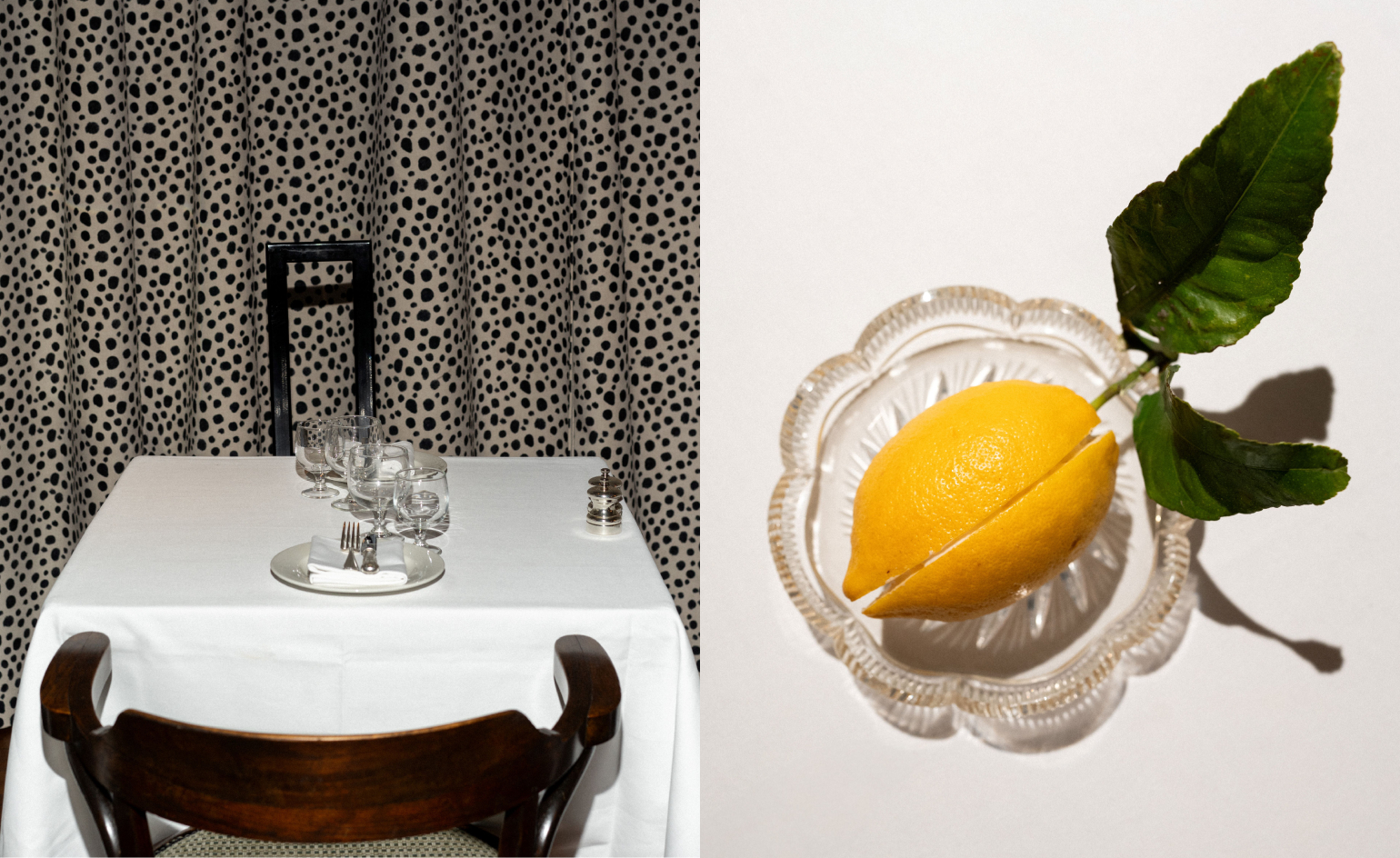 Marylebone restaurant Nina turns up the volume on Italian dining
Marylebone restaurant Nina turns up the volume on Italian diningAt Nina, don’t expect a view of the Amalfi Coast. Do expect pasta, leopard print and industrial chic
By Sofia de la Cruz
-
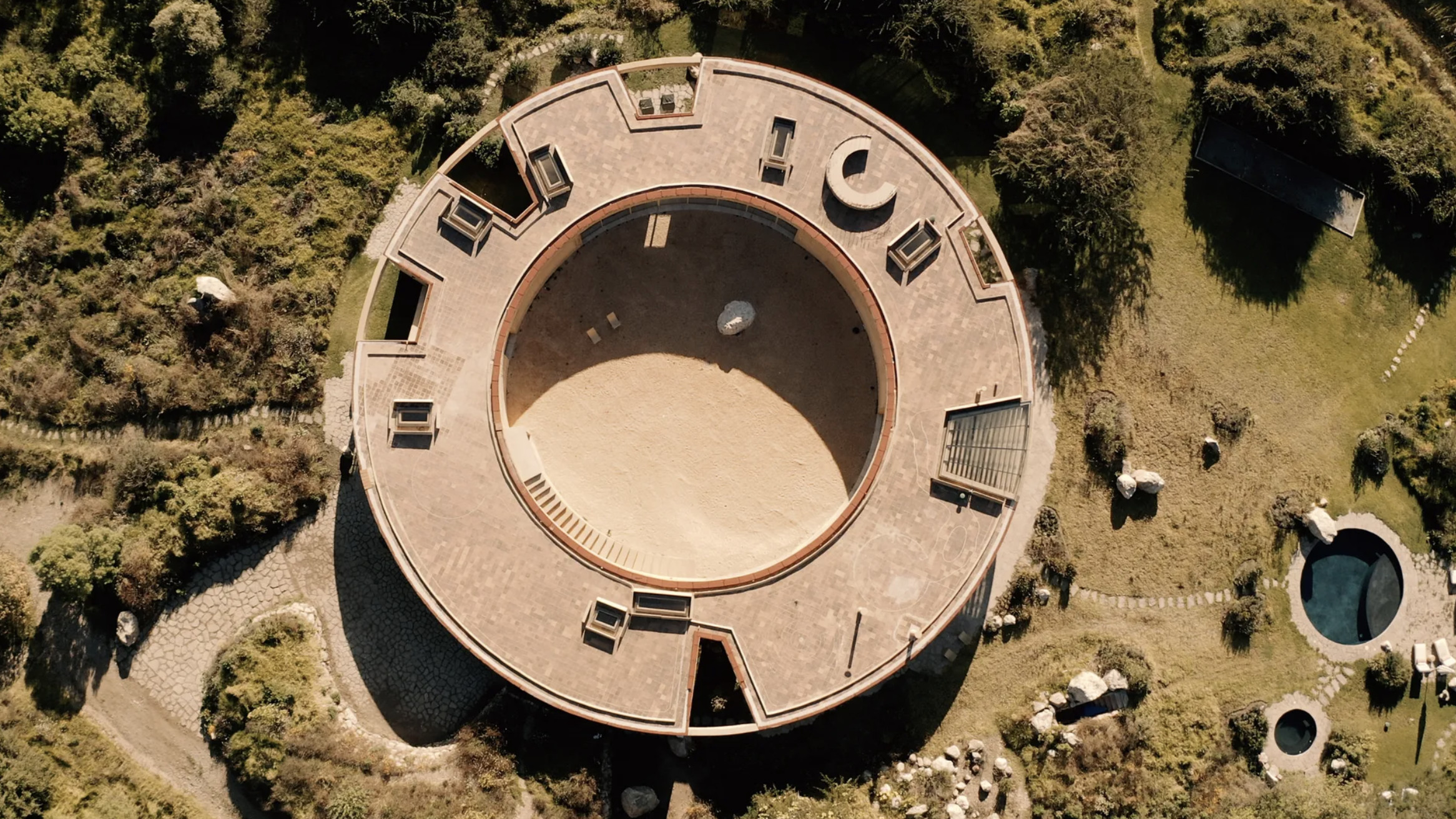 Tour the wonderful homes of ‘Casa Mexicana’, an ode to residential architecture in Mexico
Tour the wonderful homes of ‘Casa Mexicana’, an ode to residential architecture in Mexico‘Casa Mexicana’ is a new book celebrating the country’s residential architecture, highlighting its influence across the world
By Ellie Stathaki
-
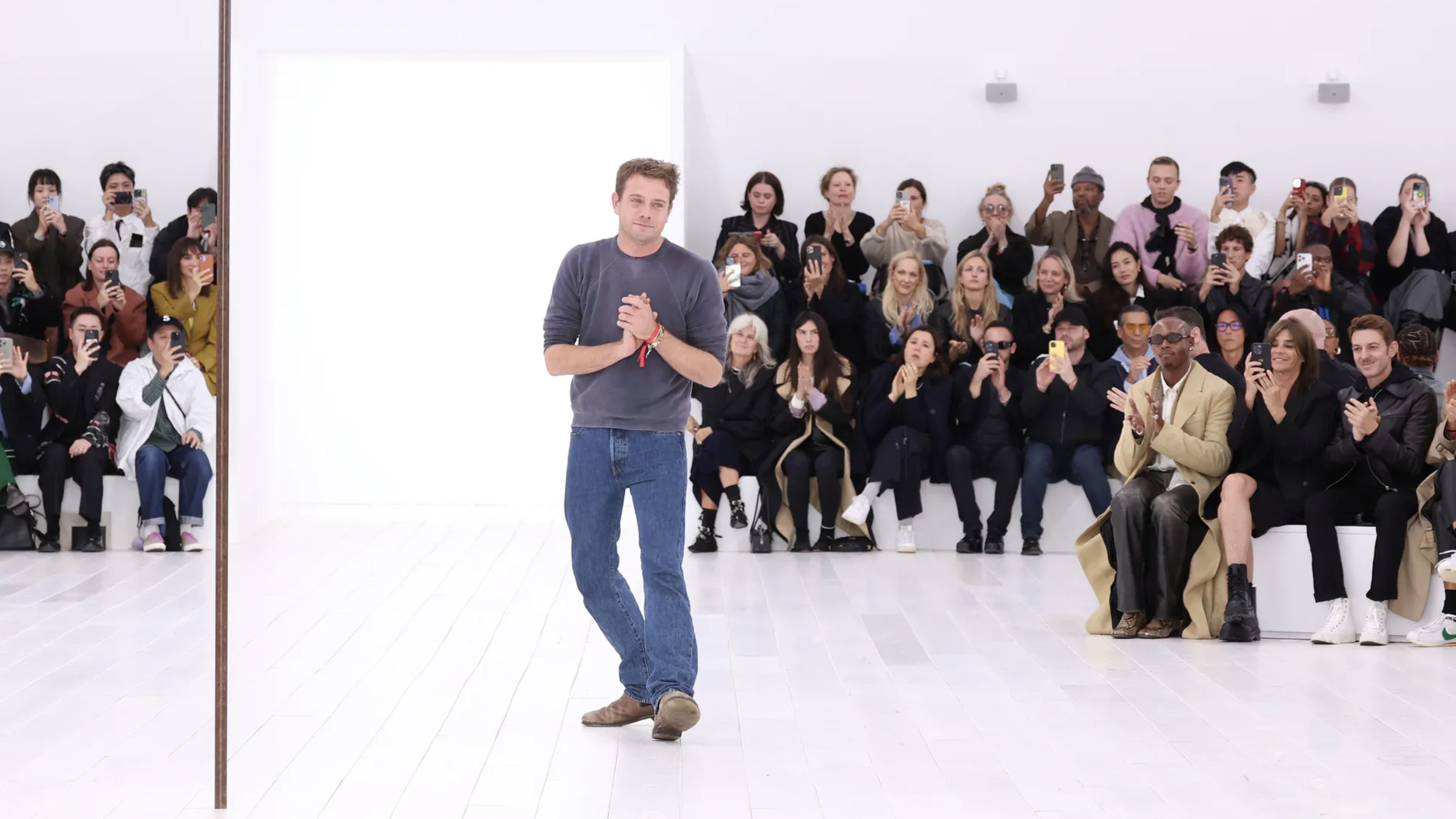 Jonathan Anderson is heading to Dior Men
Jonathan Anderson is heading to Dior MenAfter months of speculation, it has been confirmed this morning that Jonathan Anderson, who left Loewe earlier this year, is the successor to Kim Jones at Dior Men
By Jack Moss
-
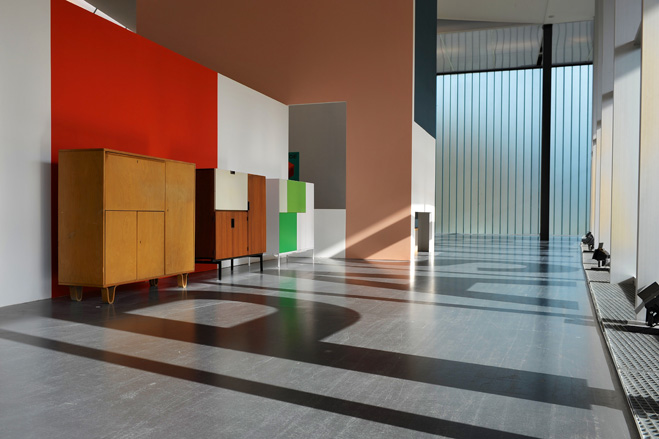 ’Like Pastoe: 100 years of Design Innovation’ at Kunsthal Rotterdam
’Like Pastoe: 100 years of Design Innovation’ at Kunsthal RotterdamBy Pei-Ru Keh
-
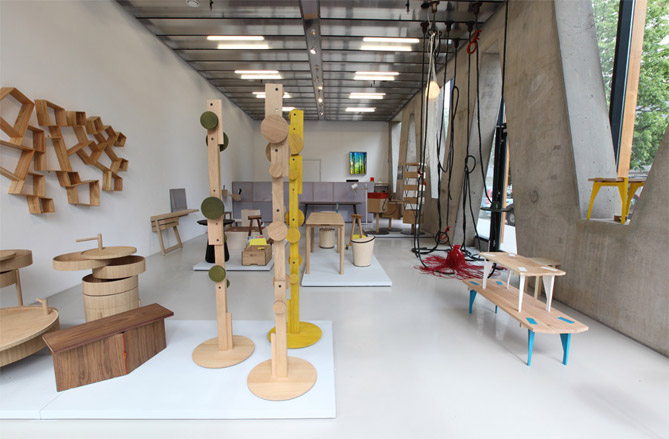 Okay Studio exhibition at Galerie Vivid, Rotterdam
Okay Studio exhibition at Galerie Vivid, RotterdamBy Malaika Byng
-
 Object Rotterdam 2010 highlights
Object Rotterdam 2010 highlightsBy Rosa Bertoli